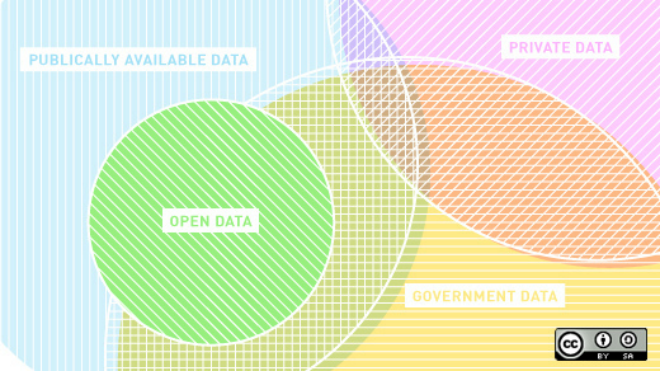
Sixty-five percent of people are visual learners, which is probably why pie charts, graphs, timelines, word clouds, and other data visualizations occupy so much space in textbooks and business presentations. But data visualization is moving beyond charts and graphs, as companies use a range of visualization tools to parse the huge amounts of data generated every day.
Now that we’re well into 2020, some of the year’s biggest data visualization trends are becoming clear. As more business users gain access to data, they can harvest valuable insights to make better, more data-driven decisions on behalf of their organizations. Here are some of the data visualization trends that will set 2020 apart.
1. The Retail Sector Is Producing Enormous Quantities of Data

According to a recent report from Mordor Intelligence, the retail sector is generating substantial amounts of data from such channels as blogs, social media, and apps. Global retail sales topped 27.7 trillion globally in 2020, and many of those sales are happening through digital channels — especially as world events this year have forced many people to have groceries delivered and do more of their shopping online.
Retailers around the world are increasing their connectivity and offering new communication solutions to customers, while the increased use of radio frequency identification (RFID) devices and Internet of Things (IoT) is generating more information about consumer spending and shopping habits than ever before. Most of this data remains unstructured, unmined, and unused, but retailers are increasingly studying and harnessing this information to drive increased sector growth.
2. Artificial Intelligence Is Playing a Bigger Role
Businesses are grappling with staggering amounts of data — more than 90 percent of all of the data created in history was created in 2011 and 2012. Web users are generating millions of terabytes of data each day, and marketing professionals can’t sift through it all on their own.
Artificial intelligence is an increasingly vital part of data visualization tools, because it helps users sort through the mountain of data at their disposal to help them find the connections and data points they need. Natural language processing (NLP) and machine learning (ML) can pull key insights out of data, making Big Data easier to tame and harness.
3. Journalists Are Increasingly Leveraging Data Visualizations

Data journalism is on the rise, as journalists increasingly harness the power of relevant data and statistics to tell more powerful stories. As news publications and media houses have embraced the power of data visualization for illustrating trends, revealing hidden trends, and creating compelling narratives. Business users are implementing these same strategies to boil down dense information into easily digestible packets and concise visuals.
4. North America Retains a Prominent Market Share in Data Visualization Tools
The market for data visualization tools is experiencing healthy growth and is expected to continue doing so. Retail sector growth, and Big Data growth, are driving the exponential growth of data visualization tools. The United States, in particular, represents the most formidable market for data visualization tools, as marketing professionals use data visualization tools to track data from myriad sources, condense and compile it into visualizations, and parlay those insights into increased growth.
5. Access to Data Is Growing More Democratized

These days, it’s not just IT professionals and data scientists who have access to Big Data. In fact, it hasn’t been like that for a long time. These days, businesses want data visualization tools that make data available to everyone at all levels of the organization. With a little training, anyone can extract valuable insights from data using the right data visualization tools. With advanced data visualization techniques and tools, business users can help themselves to business intelligence and use that data to create valuable insights for their organizations.
Of course, it isn’t just businesses and their employees who are enjoying greater access to data. Data democratization means that everyone has access to Big Data — there are no barriers or gatekeepers to monitor access to data, which means that you no longer have to go through IT to get your hands on data. It’s accessible to the average end user, and that furthers the democratization of knowledge as well as supporting organizational growth for business.
Data visualizations make it easy to make sense of complex and multi-layered data sets. As the year continues, it’s become clear that trends like data democratization, AI, and data journalism and retail sector growth are making their mark. Make your company’s data work for you as you explore these trends, and glean an unprecedented level of insight into your data.




